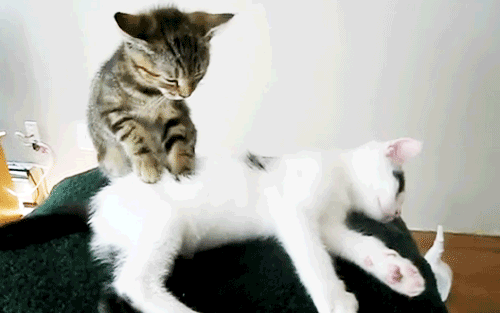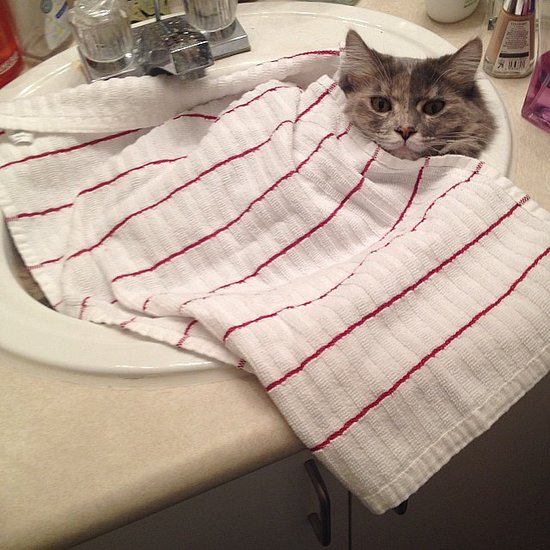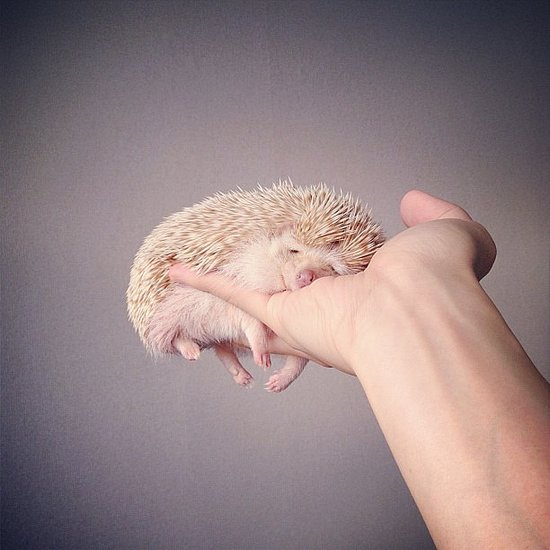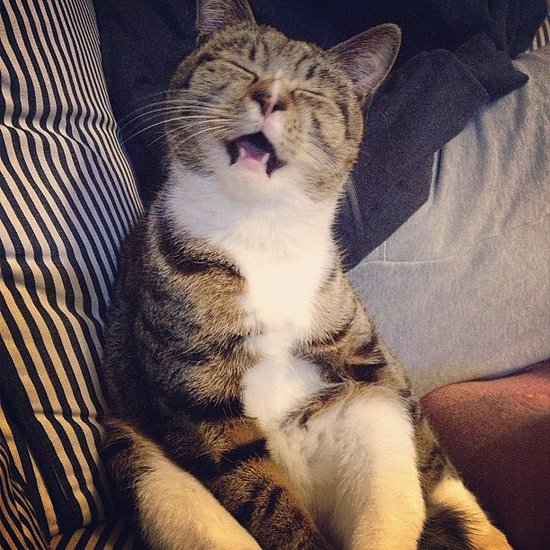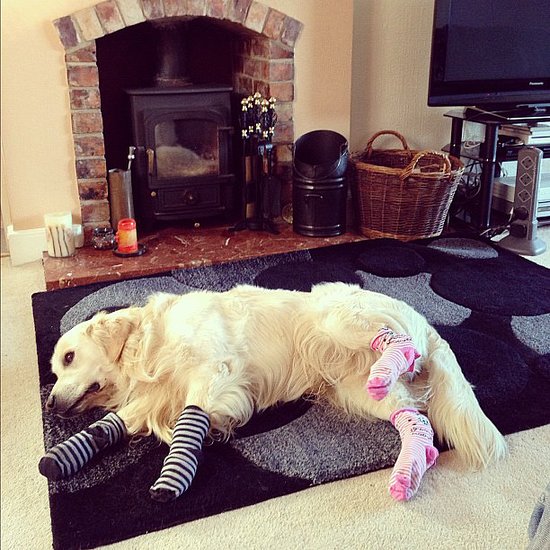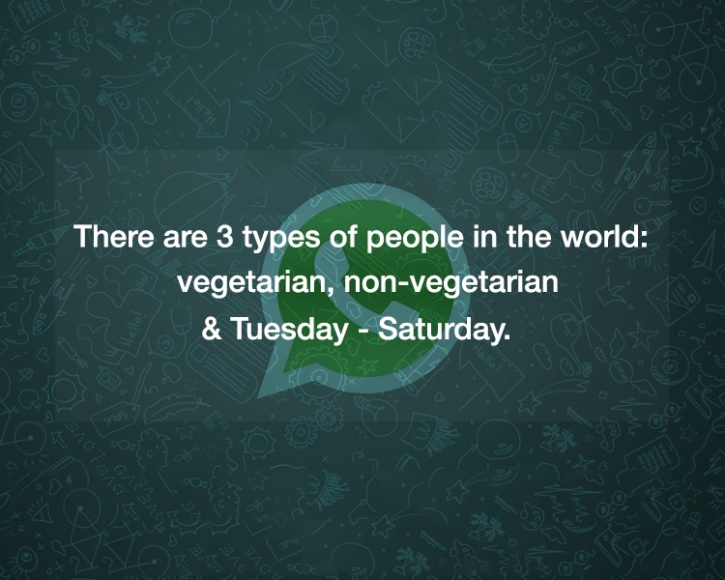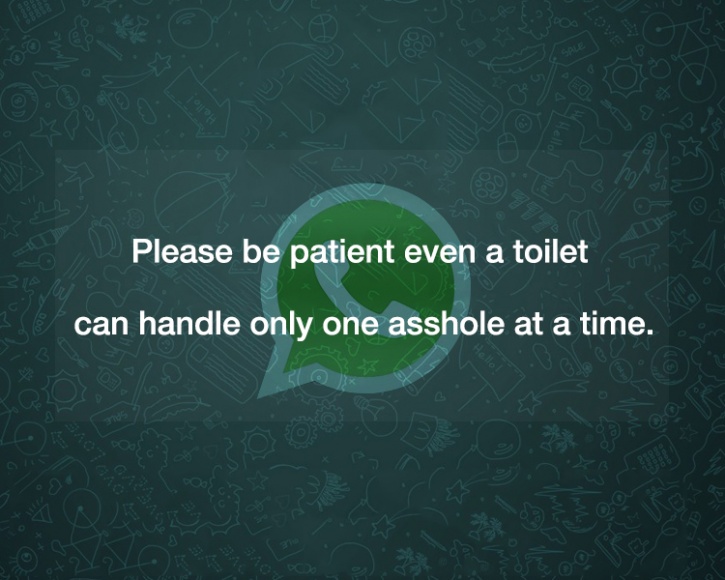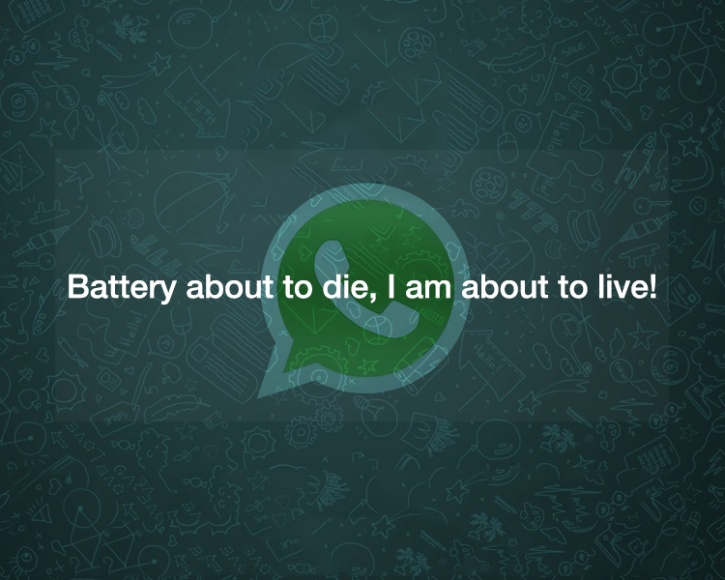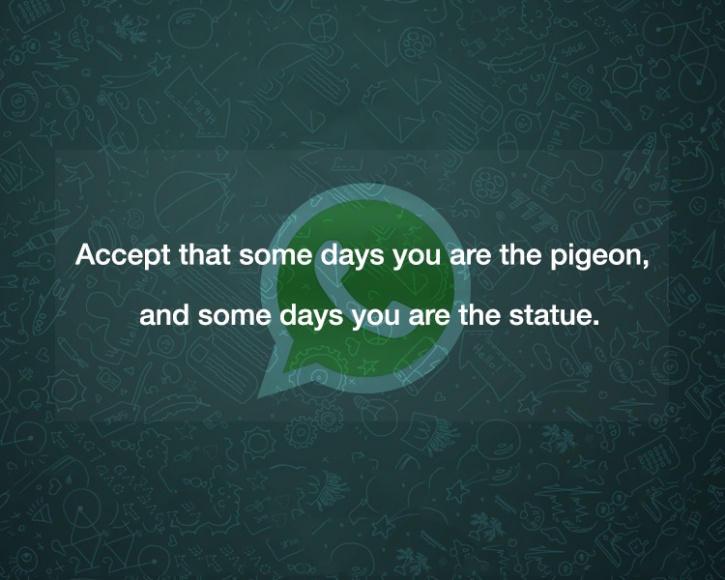#7 – Baby’s Bed
We all know sleep is a thing of the past when the baby is born. Parents have been known to climb in the crib with baby in order to comfort their baby. Wouldn’t you think it’s easier to pull the baby in bed with you? This practice begs the questions; Is it to keep the baby in their own sleeping environment or were they just too worn out to walk back to their bed?
#6 - Benches
Hobos, bums and vagrants aren’t the only ones that take advantage of benches instead of beds. There’s something to be said for lying in the fresh sunshine and warm rays of the sun, even if the bench is a little hard. However, sleepers beware, this could very well be you if you are a restless sleeper.
#5 - Subways and Railways
Who hasn’t felt the urge to catch up on missed sleep while traveling? You can rest assured that if you fall asleep in public places like subways and railways you are likely to become a subject of many photos. Smile for the camera!
#4 - Doctors’ Offices
We spend so much of our time running here and there with late nights and early mornings that the second we stop moving and have to sit waiting we doze off. Doctors are quite used to seeing their patients asleep when the arrive to the room for your appointment. Ever wonder if the doctor came in already and was embarrassed when you didn’t wake up the first time so he left and tried it again?
#3 - On-the-Job
You know that “too tired…must sleep NOW” urge that hits you at work. Some of us just take it to a whole new level. Hopefully, you have a safer place in mind than a muddy tire of a truck. At least this guy is all tucked in!
#2 - Laundromats
Envision warm clothes, the fresh scent of fresh laundry and nothing but time to kill while waiting for your loads to finish. If the vision didn’t put you to sleep it’s probably because you’re busy on your phone fighting sleep. Many of us snooze at the Laundromat every day, just usually not crashed out on the floor like this guy. Hopefully that floor was cleaned recently!
#1 - Toilets
Nothing begs for a photo more than someone fast asleep on the toilet. This position with your pants to your ankles, bent over in prone position, drooling on the hamper is sure to make you the “butt” of every joke! Remember, Facebook allows you to delete posts (thankfully)!
We are a goofy breed for sure. If our waking moments don’t prove that, then our sleeping habits surely will. It goes to show that people will do almost anything to catch a few zzz’s when the urge hits!



